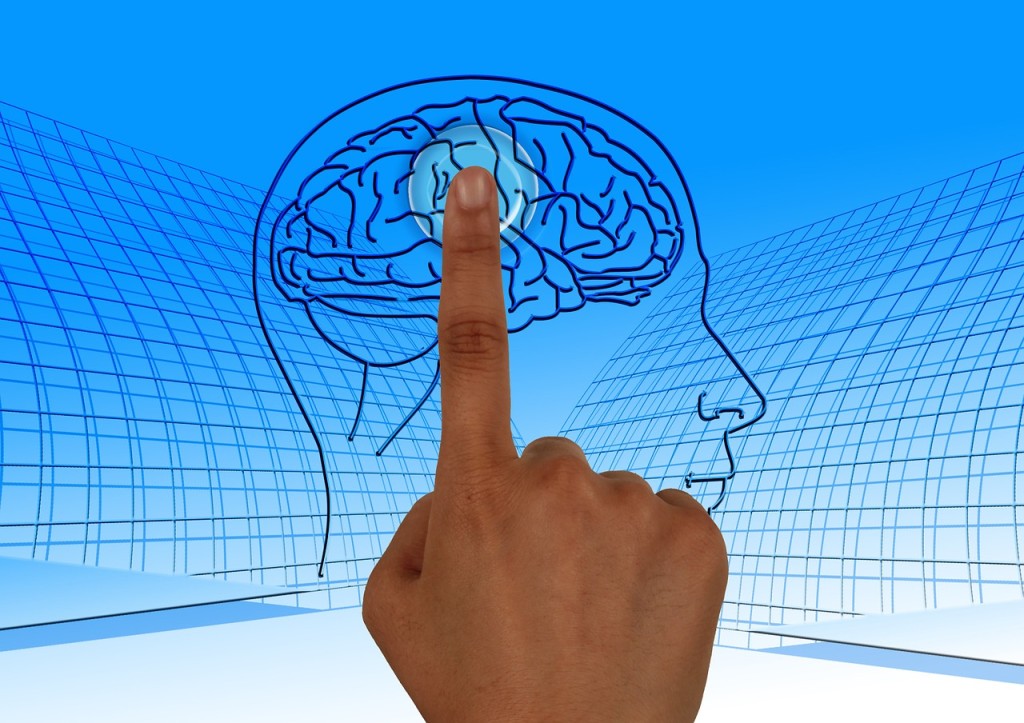- Calls to this hotline are currently being directed to Within Health, Fay or Eating Disorder Solutions
- Representatives are standing by 24/7 to help answer your questions
- All calls are confidential and HIPAA compliant
- There is no obligation or cost to call
- Eating Disorder Hope does not receive any commissions or fees dependent upon which provider you select
- Additional treatment providers are located on our directory or samhsa.gov
Food Addiction and the Brain

The concept of “food addiction” may stir up a lot of thoughts and questions in your mind. “Is this really a thing or a diet culture concept?” “Isn’t food inherently addictive because we actually need it?” “Is this an actual diagnosis?”
All fair questions – the term “food addiction” could mean a million different things. Hopefully, this summary of a recent study on food addiction can answer some of these questions and separate the rumors of food addiction from the facts.
Defining Food Addiction
First things first, let’s release any assumed definitions of food addiction, and all get on the same page of what exactly it is. The study mentioned above was published in the Journal of Eating Disorders and specifies food addiction as “addictive-like eating of highly processed food with added fat and/or refined carbohydrates [1].”
Is it Really an “Addiction?”
Creators of the term did not take using the word “addiction” lightly and, in fact, specified that behaviors must fall under “clinical criteria of substance-related and addictive disorders (SRAD) in DSM-5…(which) include excessive and persistent consumption of a substance despite adverse effects, craving, development of tolerance and withdrawal symptoms, attempts to quit consumption of the substance, and functional impairment [1].”
Food has long-been confirmed as a primary reinforcer that, whether through consumption or even simply looking at images of it, activates the brain’s reward systems [1].
Similar responses occur when individuals ingest psychoactive drugs. As such, researchers posit that there is a “common neural basis” between food addiction behaviors and other substance addictions [1].
In fact, one study compared individuals categorized as “obese” with individuals diagnosed with an addiction disorder and found similarly “altered brain activation in several brain regions including prefrontal areas (e.g., inferior frontal gyrus), subcortical structures (e.g., basal ganglia) [1].”
Both groups also showed hyperactivity in the amygdala when faced with their “drug of choice,” food or drugs [1].
Other studies show similar results and confirm the likelihood that similar reinforcements exist in the brain’s reward center for certain foods as exist for certain drugs.
Measuring Food Addiction
 At this point in time, there is only one validated measure that operationalizes addictive-like eating behaviors. The tool, known as the Yale Food Addiction Scale (YFAS), is shown to positively associate both food addiction behaviors and Body Mass Index (BMI) as well as food addiction behaviors and binge-eating disorder [1].
At this point in time, there is only one validated measure that operationalizes addictive-like eating behaviors. The tool, known as the Yale Food Addiction Scale (YFAS), is shown to positively associate both food addiction behaviors and Body Mass Index (BMI) as well as food addiction behaviors and binge-eating disorder [1].
The YFAS tests an individual on addiction-related criteria mentioned previously from the lens of eating and food behaviors as opposed to substances.
Recent Developments
The study mentioned previously attempted to determine more about the relationship between obesity, the brain, and food addiction behaviors [1]. The MRIs used found that women categorized as overweight with high YFAS scores showed reduced grey matter in their Inferior Frontal Gyrus (IFG).
The IFG is related to response inhibition, “which is relevant for the control of appetite and food intake [1].”
Essentially, those women categorized as overweight tested high for addictive-like eating behaviors and were shown to have a smaller area in their brains devoted to controlling impulses and inhibition. This may indicate that there is a neurological component that leads one to engage in disinhibited food addiction behaviors.
The study emphasizes that many more studies need to be conducted to confirm and broaden these results. However, every new bit of information we learn about the brain, eating, and disordered behaviors helps us to improve our understanding as well as our treatment methods.
Resources:
[1] Schienle, A., Unger, I., Wabnegger, A. (2020). Comparison of women with high vs. low food addiction tendency: a pilot study with voxel-based morphometry. Journal of Eating Disorders, 8:13.About the Author:
 Margot Rittenhouse, MS, PLPC, NCC is a therapist who is passionate about providing mental health support to all in need and has worked with clients with substance abuse issues, eating disorders, domestic violence victims, and offenders, and severely mentally ill youth.
Margot Rittenhouse, MS, PLPC, NCC is a therapist who is passionate about providing mental health support to all in need and has worked with clients with substance abuse issues, eating disorders, domestic violence victims, and offenders, and severely mentally ill youth.
As a freelance writer for Eating Disorder Hope and Addiction Hope and a mentor with MentorConnect, Margot is a passionate eating disorder advocate, committed to de-stigmatizing these illnesses while showing support for those struggling through mentoring, writing, and volunteering. Margot has a Master’s of Science in Clinical Mental Health Counseling from Johns Hopkins University.
The opinions and views of our guest contributors are shared to provide a broad perspective on eating disorders. These are not necessarily the views of Eating Disorder Hope, but an effort to offer a discussion of various issues by different concerned individuals.
We at Eating Disorder Hope understand that eating disorders result from a combination of environmental and genetic factors. If you or a loved one are suffering from an eating disorder, please know that there is hope for you, and seek immediate professional help.
Published May 25, 2020, on EatingDisorderHope.com
Reviewed & Approved on May 25, 2020, by Jacquelyn Ekern MS, LPC

The EatingDisorderHope.com editorial team comprises experienced writers, editors, and medical reviewers specializing in eating disorders, treatment, and mental and behavioral health.

